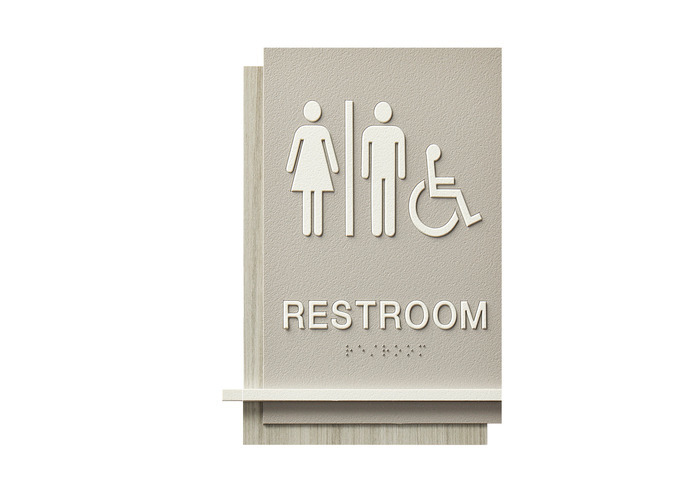
The Americans with Disabilities Act (ADA), a landmark civil rights law that enhances access and opportunities for people with disabilities across all aspects of community life, has been in place for over three decades. Building on this foundation, the architecture, design, and construction industries have moved beyond mere code compliance, consistently innovating and reimagining accessible and universal design to improve the built environment for everyone. The ADA Academy explores design methodologies that promote equity and accessibility for people with disabilities today while anticipating the needs of future generations.
Academy Courses

8 AIA LU/HSW
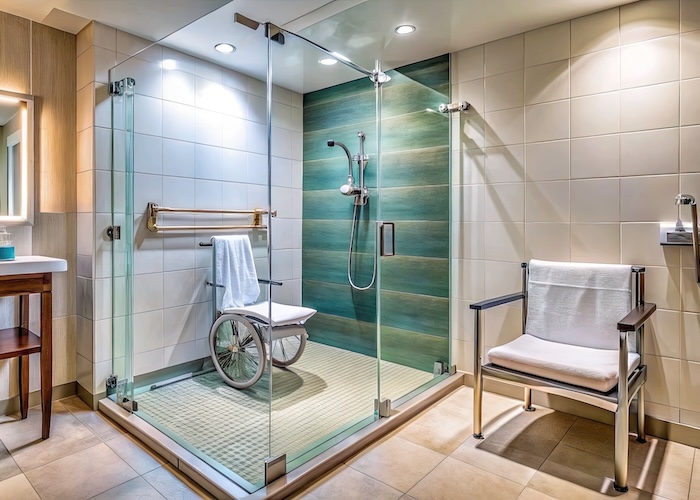
Designing for Accessibility and Sustainability: A Unified Approach
Explore how sustainable practices and ADA compliance intersect, focusing on creating environmentally conscious, accessible spaces for all users.
Credits: AIA/HSW, ICC
Type: Webinar
May 28 2025 2:00 PM ET
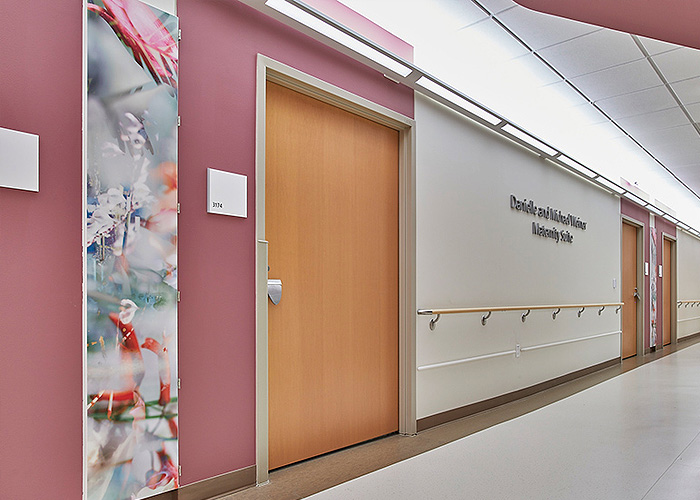
Going Above and Beyond with ADA
Creating spaces that are safe, welcoming, and healthy for all occupants
Credits: AIA/HSW, GBCI, ICC
Type: Article
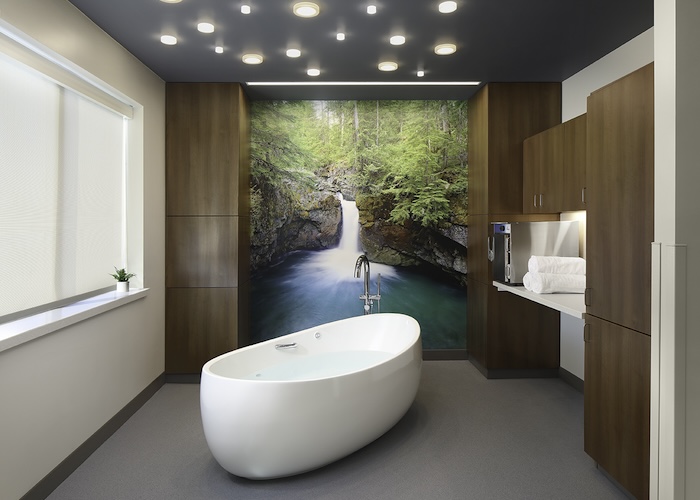
Picture This!
Employing imagery to foster human connections within the built environment
Credits: AIA/HSW, GBCI, ICC
Type: Article
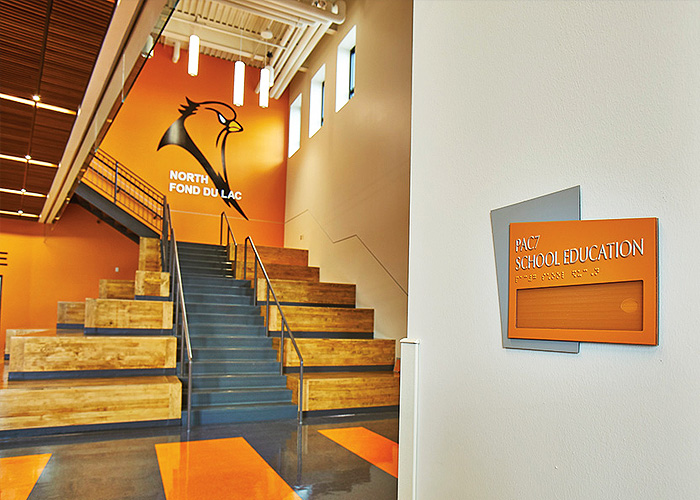
Reading the Room
Using Signage to Create Healthy and Vibrant ADA-Compliant Spaces
Credits: AIA/HSW, GBCI, ICC
Type: Article
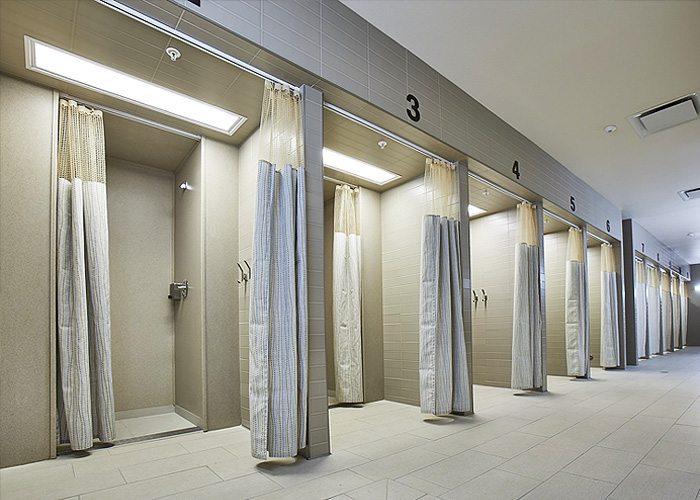
Designing for a New Age of Accessibility
Accessibility and universal design trends have never been more necessary than they are now
Credits: AIA/HSW, GBCI, ICC
Type: Article

Keeping up on ADA Compliance
Incorporating ADA compliance and Universal Design principles
Credits: AIA/HSW, ICC
Type: Webinar On-Demand
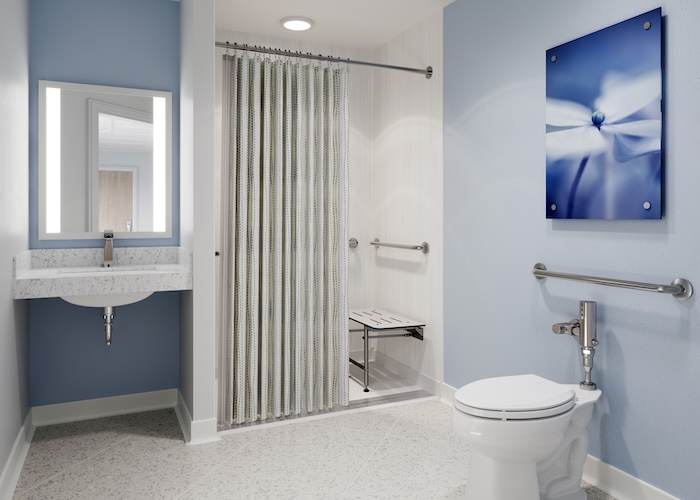
Designing ADA-compliant Commercial Showers & Bathrooms
Learn about functional design, ADA compliance, low-maintenance materials, and privacy
Credits: AIA/HSW, ICC, IDCEC/HSW
Type: Webinar On-Demand
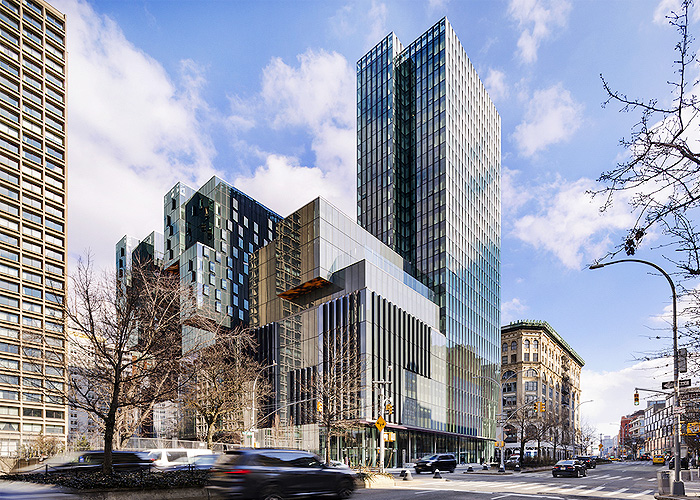
Inclusive Schools: Building Accessible Learning Environments
Design solutions for accessible campuses and classrooms
Credits: AIA/HSW, ICC
Type: Webinar On-Demand







